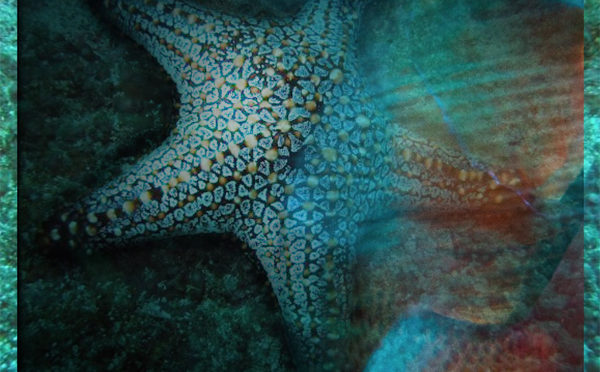Tag: Lilith's Brood
-

Blobs, Orbs, and Starfish: Really Alien Aliens
Book blogger Shruti Ramanujam recently published a list of “oddly specific storylines” she loves in books, that made me laugh out loud. And it made me think about what storylines or tropes attract me in a book. One of those tropes, for me, is “really alien aliens.” I find them fascinating, and…
